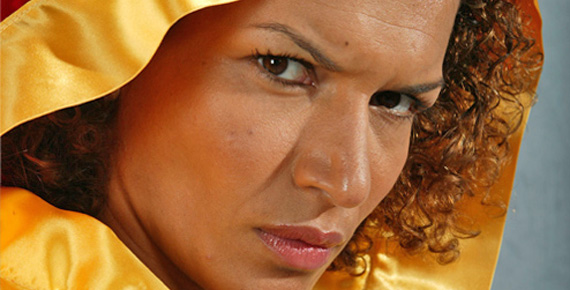
It’s a tough time in the world today, and as the interpretation of hexagram 41 of the I Ching says, “one must draw on the strength of the inner attitude to compensate for what is lacking in externals.” In this hexagram, the “Mountain” is above the “Lake”. The lake evaporates for the benefit of the mountain. The mountain “stands as the symbol of stubborn strength which can harden into anger,” while “the lake is the symbol of unchecked gaiety” and “passionate drives”. Political passions fly, and rhetoric gets bandied about without concern for all of the people. It sometimes feels like the Vestibule of Dante’s Inferno, where the punished chase the banner of self-interest while stung by wasps and hornets. “Abandon Hope, Ye Who Enter Here.” Wow, it seems like such a short trip from Hope itself.
Luckily, I have a film festival to rescue me. I’ve been watching some films at the International Buddhist Film Festival Showcase – last week in San Rafael and through next weekend at Yerba Buena Center for the Arts. I’ve seen films on Tibetan monks and nuns, Americans on spiritual quests, and Japanese spiritual traditions. My favorite films so far have been DREAM WINDOW, a poetic, graceful film about the symbolism and spirituality of Japanese gardens (available on DVD from the Japanese American National Museum), and INLAND SEA, based on Donald Ritchie’s travelogue in Japan.
Many contemplative traditions, (including Zen, Tibetan Buddhist, and probably others) share a common aesthetic: cultivation of positive emotion, mindful awareness and even oneness with the object of contemplation. This “tender appreciation” describes my most favorite films at SFIAAFF over the years. Relationships are subtly portrayed, dialogue is meaningful or often minimal, there’s ample time to reflect on nature, gesture, gentle emotions, or even difficult emotions held in safety, and viewers are left with tenderness and warmth. They are profoundly pro-social forms of entertainment. For some reason, most of the films I can identify as “tender” are Japanese. Perhaps that’s because our esteemed festival directors have tender hearts, but perhaps it’s also something that Japanese directors, steeped in the contemplative, tender traditions of Japanese culture, are more capable of evoking on film. If you have answers or ideas, let me know.
The Buddhist film showcase continues on Thursday with LUCIA RIJKER: BOXER, BUDDHIST (which sounds like an synergistic combination of seemingly disparate elements), and on Sunday with SEARCHING SEEING BEING (a trio of films by Ken Burns and philosopher William Segal). I look forward to seeing these films as examples of how Asian philosophy and aesthetics translate to “Western” consciousness. Hope to see you there!
Also, you can sign up for Buddhist Film Foundation news and events at www.buddhistfilmfoundation.org/subscribe.
Ravi Chandra is a psychiatrist and writer in San Francisco. He is happy to be included in the new, groundbreaking South Asian American poetry anthology, INDIVISIBLE , edited by Neelanjana Banerjee, Summi Kaipa and Pireeni Sundaralingam (University of Arkansas Press, April 2010)
Related links:
International Buddhist Film Festival
http://www.ybca.org
Buddhist Film Foundation
www.buddhistfilmfoundation.org





Testing comments
Testing comments